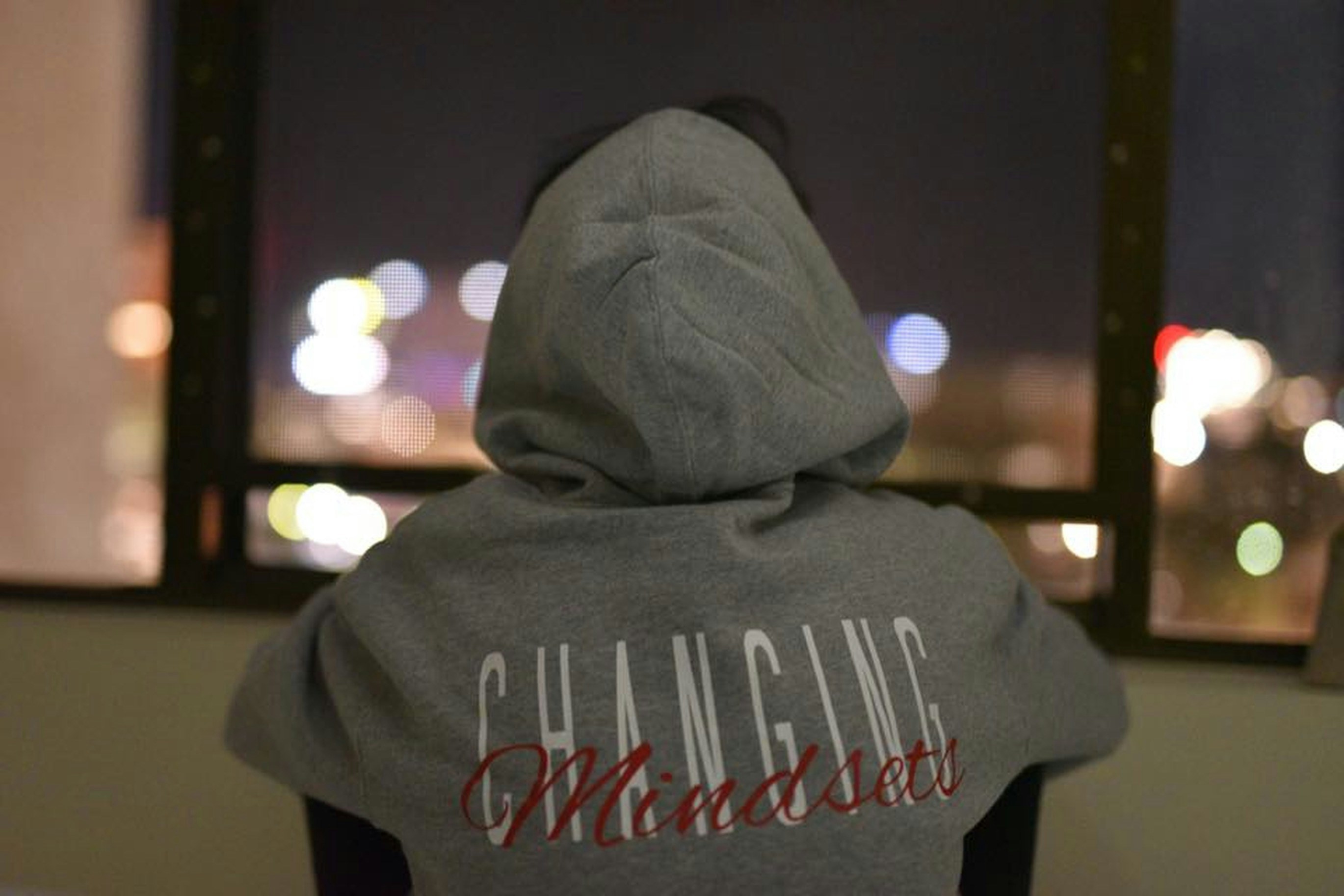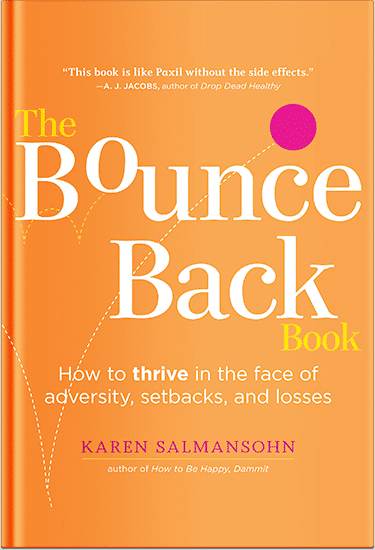 Our surroundings—the homes we live in, the neighborhoods we move through, the views we wake up to—play a far more powerful role in shaping our mindset than we often realize. In an era when many of us are seeking not only a house, but a place that supports our inner lives, the choice of community becomes an integral part of self-care.
Our surroundings—the homes we live in, the neighborhoods we move through, the views we wake up to—play a far more powerful role in shaping our mindset than we often realize. In an era when many of us are seeking not only a house, but a place that supports our inner lives, the choice of community becomes an integral part of self-care.
When you live in a setting rich with natural light, green space, thoughtful design, and social connection, your environment becomes an ally. For example, a community like https://www.windriverliving.com/ illustrates how careful planning of setting and amenities can support daily psychological well-being. In this post, we’ll explore how your environment shapes your thoughts, feelings, and attitudes—and why selecting the right community is among the most meaningful decisions you can make.
Community Design as a Psychological Framework
It’s not just about what you see, but how the physical layout of your community encourages or inhibits healthy behavior and connection. Walkability, for example, is more than a convenience: neighborhoods where walking is safe, pleasant, and frictionless tend to encourage spontaneous movement, momentum, and small social interactions (hello neighbor on the path). These small acts—walking to the lake, stopping by a garden, strolling to meet friends—reinforce a mindset of possibility, presence, and ease.
Community design also influences how often we encounter each other, how easily we gather, and whether public spaces feel inviting. In well-designed communities, shared amenities and paths are placed where people naturally cross, making social connections more likely without forcing it. Intentional communities often employ this design approach to mitigate social isolation and foster support networks.
CommunityFinders
Moreover, a coherent design aesthetic—homes that look as though they “belong,” rhythm in streetscapes, and harmony with the land—conveys a subliminal message of order, care, and beauty. That subliminal message feeds the psyche: environments that feel thoughtful invite people to slow down, notice, and dwell more fully.
The Emotional Weight of Belonging
Humans are wired for belonging. The communities we live in, how open or closed they feel, how neighbors cross paths—all this shapes whether we feel at home in the world or foreign, even in our own spaces. Studies of “intentional community living” consistently list social connection and reduced loneliness as key benefits. By contrast, neighborhoods that lack gathering nodes, public spaces, or cohesion leave people to retreat into isolation.
When your community supports a sense of belonging through shared amenities, events, and accessible common areas, your mindset shifts, you begin to see possibilities for growth, you feel more supported, and you become more resilient in the face of stress. In essence, the right environment helps enact a narrative: “I matter here. I have roots. I am seen.”
This idea ties into broader concepts of “livability”—the degree to which places are designed for long-term well-being, not just basic utility. Livability encompasses safety, aesthetics, access to nature, proximity of amenities, and social infrastructure. Choosing a living environment rich in these components is choosing a backdrop for flourishing, not survival.
How to Discern a Community That Supports Mindset
Given the stakes, how do you evaluate whether a community is going to help rather than hinder your inner life? First, observe whether the development prioritizes natural integration over forcing nature into leftover spaces. Does the layout account for water views, tree corridors, shading, walking trails, and access to quiet pockets? Next, note how shared spaces are distributed: are they central? Are they compelling? Will people naturally pass through them, or will it be just marginal leftovers?
Also, examine the scale and density: if the community is too tight, constant traffic or crowding may erode calm. A balance between clustering and breathing room is ideal. Consider the interplay of private and public zones—does the design respect retreat even as it fosters connection?
Finally, consider the operations: community programming, maintenance of paths and green spaces, and neighbors’ sense of stewardship. Even a beautifully built place will deteriorate emotionally if upkeep and shared culture fade. A community that continues to invest in its environment is one that values the inner lives of its people.
Conclusion
Your environment is not just wallpaper—it is a co-author in the story of your mindset. The light, the paths, the views, the way neighbors interface—all these become the grammar of your daily internal world. If you live in a community that anticipates and nurtures connection, nature, movement, and beauty, your internal life gets reinforcement. Choosing the right community is a powerful way to align your outer world with your inner values. When environment and intention meet, your mindset doesn’t just survive—it can flourish.
P.S. Before you zip off to your next Internet pit stop, check out these 2 game changers below - that could dramatically upscale your life.
1. Check Out My Book On Enjoying A Well-Lived Life: It’s called "Your To Die For Life: How to Maximize Joy and Minimize Regret Before Your Time Runs Out." Think of it as your life’s manual to cranking up the volume on joy, meaning, and connection. Learn more here.
2. Life Review Therapy - What if you could get a clear picture of where you are versus where you want to be, and find out exactly why you’re not there yet? That’s what Life Review Therapy is all about.. If you’re serious about transforming your life, let’s talk. Learn more HERE.
Think happier. Think calmer.
Think about subscribing for free weekly tools here.
No SPAM, ever! Read the Privacy Policy for more information.
One last step!
Please go to your inbox and click the confirmation link we just emailed you so you can start to get your free weekly NotSalmon Happiness Tools! Plus, you’ll immediately receive a chunklette of Karen’s bestselling Bounce Back Book!


 Our surroundings—the homes we live in, the neighborhoods we move through, the views we wake up to—play a far more powerful role in shaping our mindset than we often realize. In an era when many of us are seeking not only a house, but a place that supports our inner lives, the choice of community becomes an integral part of self-care.
Our surroundings—the homes we live in, the neighborhoods we move through, the views we wake up to—play a far more powerful role in shaping our mindset than we often realize. In an era when many of us are seeking not only a house, but a place that supports our inner lives, the choice of community becomes an integral part of self-care. 